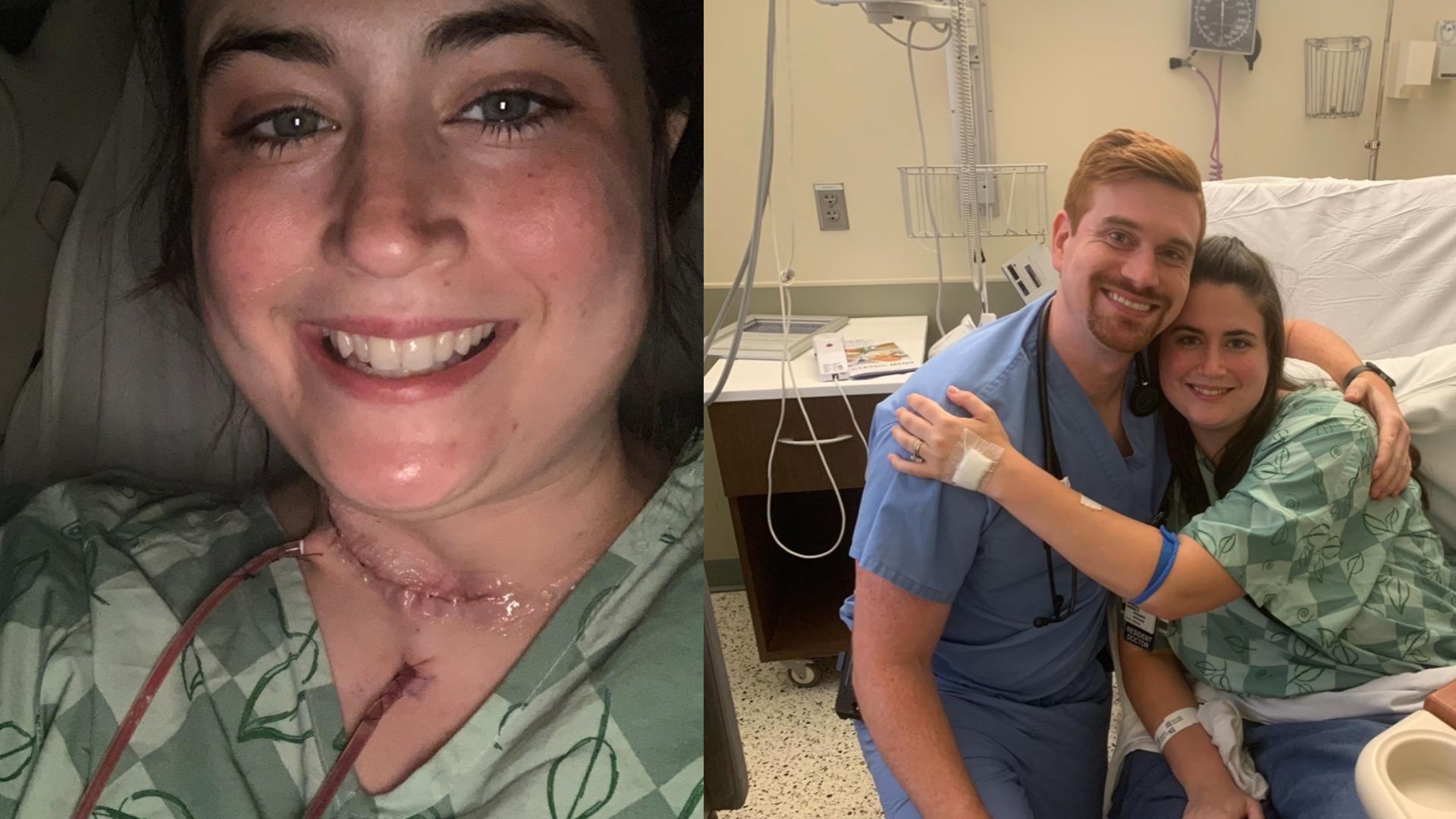The Drug Recognition Expert's 12-Step standardized process for examining a person suspected of being under the influence of drugs is used by individuals who have been certified by the International Drug Evaluation and Classification Program to determine within a reasonable measure who is likely to be under the influence of an illegal substance.
The process was initially developed in the 1970s by the Los Angeles Police Department, and eventually adopted elsewhere after pilot programs were developed in conjunction with the National Highway Traffic Safety Administration in Arizona, Colorado, New York and Virginia in the 1980s. The Drug Evaluation and Classification Program is now in use in all 50 states, the District of Columbia, Canada and the UK.
► RELATED | The Investigators: 'The Drug Whisperer'
The DRE evaluation is systematic and standardized, and uses the following 12-step protocol to assess individuals suspected of driving under the influence of drugs:
1. Breath Alcohol Test
The arresting officer reviews the subject’s breath alcohol concentration (BrAC) test results and determines if the subject’s apparent impairment is consistent with the subject’s BrAC. If the impairment is not explained by the BrAC, the officer requests a DRE evaluation.
2. Interview of the Arresting Officer
The DRE begins the investigation by reviewing the BrAC test results and discussing the circumstances of the arrest with the arresting officer. The DRE asks about the subject’s behavior, appearance, and driving.
3. Preliminary Examination and First Pulse
The DRE conducts a preliminary examination, in large part, to ascertain whether the subject may be suffering from an injury or other condition unrelated to drugs. Accordingly, the DRE asks the subject a series of standard questions relating to the subject’s health and recent ingestion of food, alcohol, and drugs, including prescribed medications. The DRE observes the subject’s attitude, coordination, speech, breath and face. The DRE also determines if the subject’s pupils are of equal size and if the subject’s eyes can follow a moving stimulus and track equally. The DRE also looks for horizontal gaze nystagmus (HGN) and takes the subject’s pulse for the first of three times. If the DRE believes that the subject may be suffering from a significant medical condition, the DRE will seek medical assistance immediately. If the DRE believes that the subject’s condition is drug-related, the evaluation continues.
4. Eye Examination
The DRE examines the subject for HGN, vertical gaze Nystagmus (VGN), and a lack of convergence.
5. Divided Attention Psychophysical Tests
The DRE administers four psychophysical tests: the Modified Romberg Balance, the Walk and Turn, the One Leg Stand, and the Finger to Nose test.
6. Vital Signs and Second Pulse
The DRE takes the subject’s blood pressure, temperature, and pulse.
7. Dark Room Examinations
The DRE estimates the subject’s pupil sizes under three different lighting conditions with a measuring device called a pupilometer. The device will assist the DRE in determining whether the subject’s pupils are dilated, constricted, or normal.
8. Examination for Muscle Tone
The DRE examines the subject’s skeletal muscle tone. Certain categories of drugs may cause the muscles to become rigid. Other categories may cause the muscles to become very loose and flaccid.
9. Check for Injection Sites and Third Pulse
The DRE examines the subject for injection sites, which may indicate recent use of certain types of drugs. The DRE also takes the subject’s pulse for the third and final time.
10. Subject’s Statements and Other Observations
The DRE typically reads Miranda, if not done so previously, and asks the subject a series of questions regarding the subject’s drug use.
11. Analysis and Opinions of the Evaluator
Based on the totality of the evaluation, the DRE forms an opinion as to whether or not the subject is impaired. If the DRE determines that the subject is impaired, the DRE will indicate what category or categories of drugs may have contributed to the subject’s impairment.
12. Toxicological Examination
After completing the evaluation, the DRE normally requests a urine, blood and/or saliva sample from the subject for a toxicology lab analysis.



